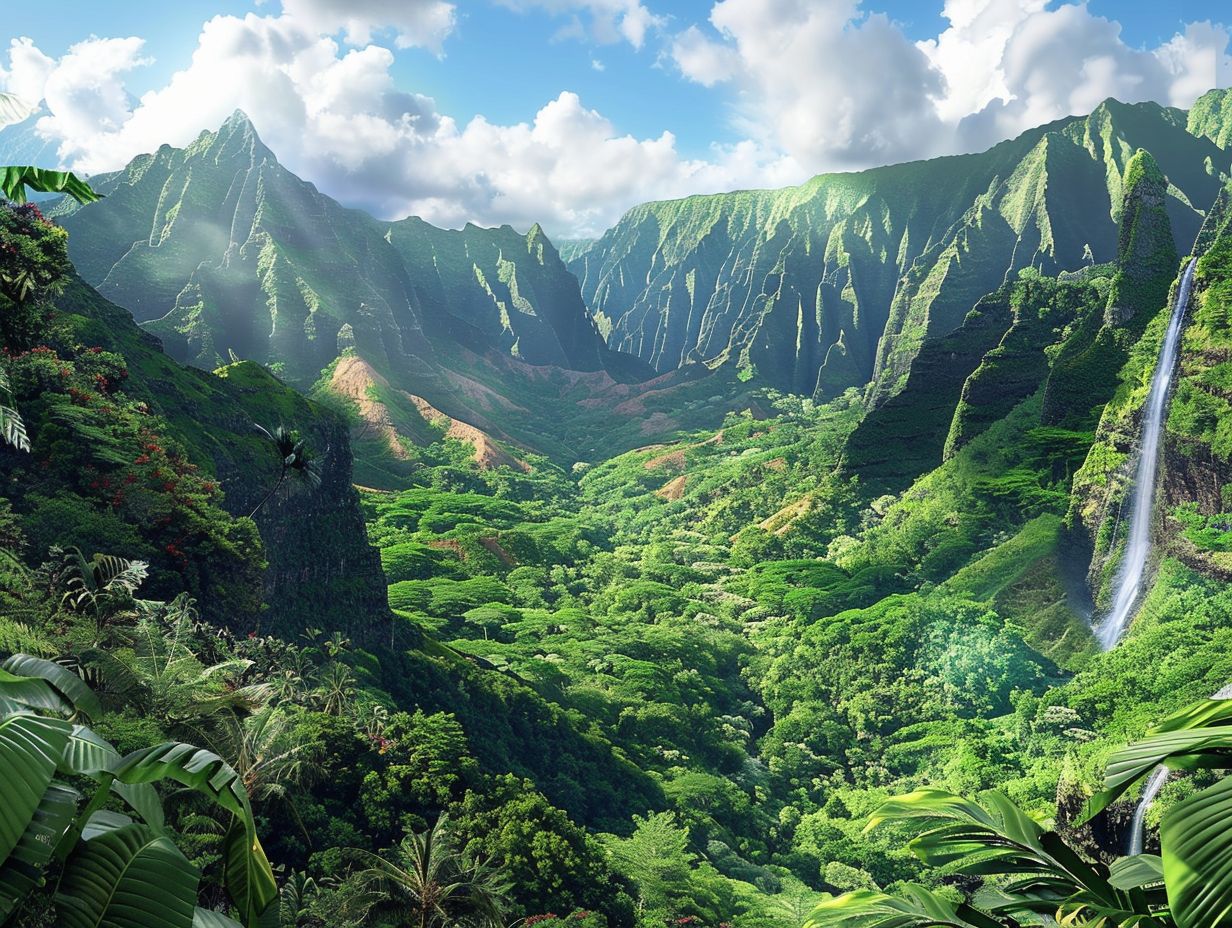Olympic National Park is a vast and diverse wilderness located in the state of Washington, offering visitors a unique and unforgettable experience. Spanning over 922,000 acres, this park is renowned for its stunning landscapes, ranging from rugged coastlines and lush rainforests to snow-capped mountain peaks.
Diverse Landscapes of Olympic National Park
One of the defining features of Olympic National Park is its incredible diversity of ecosystems. Visitors can explore the park’s three distinct regions: the Pacific coastline, the temperate rainforests, and the high alpine areas.
Coastal Wonders
The park’s Pacific coastline is a true gem, featuring miles of pristine beaches, dramatic sea stacks, and rugged cliffs. Visitors can witness the power of the Pacific Ocean, explore tide pools teeming with marine life, and even spot whales and other marine mammals from the shore.
Temperate Rainforests
The Olympic Peninsula is home to some of the world’s most impressive temperate rainforests. These lush, green landscapes are characterized by towering old-growth trees, mossy undergrowth, and cascading waterfalls. Hiking through these forests is a truly immersive and awe-inspiring experience.
High Alpine Regions
The park’s high alpine regions offer a completely different landscape, with snow-capped peaks, glacial lakes, and subalpine meadows. Visitors can hike to stunning viewpoints, spot wildlife like mountain goats and marmots, and even witness the park’s unique glacial formations.
Outdoor Activities in Olympic National Park

Olympic National Park is a haven for outdoor enthusiasts, offering a wide range of activities for visitors to enjoy.
Hiking
With over 600 miles of hiking trails, Olympic National Park is a hiker’s paradise. From easy nature walks to challenging multi-day treks, there are options for hikers of all skill levels. Some of the park’s most popular hiking destinations include the Hoh Rainforest, the Enchanted Valley, and the Kalaloch Beach.
Camping
Camping is a popular way to experience the park’s natural wonders. The park offers a variety of campgrounds, ranging from developed sites with amenities to remote, backcountry campsites. Visitors can choose from coastal, rainforest, or alpine settings, depending on their preferences.
Wildlife Viewing
Olympic National Park is home to a diverse array of wildlife, including Roosevelt elk, black bears, mountain lions, and a variety of bird species. Visitors can spot these animals in their natural habitats, particularly in the Hoh Rainforest and the Elwha River Valley.
Accessibility and Logistics
Accessing Olympic National Park is relatively straightforward, with several entry points and well-maintained roads. The park’s main visitor centers, located in Port Angeles, Forks, and Quinault, provide information, maps, and resources for visitors.
When it comes to costs, the park charges a $30 entrance fee per vehicle, valid for 7 days. An annual pass is also available for $70, which provides access to all U.S. national parks and federal recreational lands.
Conclusion
Olympic National Park is a true gem of the Pacific Northwest, offering visitors a chance to immerse themselves in a diverse and awe-inspiring natural landscape. Whether you’re drawn to the rugged coastline, the lush rainforests, or the high alpine regions, this park has something to captivate and inspire everyone who visits.
References:
– Olympic National Park – National Park Service
– Olympic National Park Visitor Statistics
– Hiking in Olympic National Park
– Camping in Olympic National Park
– Wildlife in Olympic National Park

